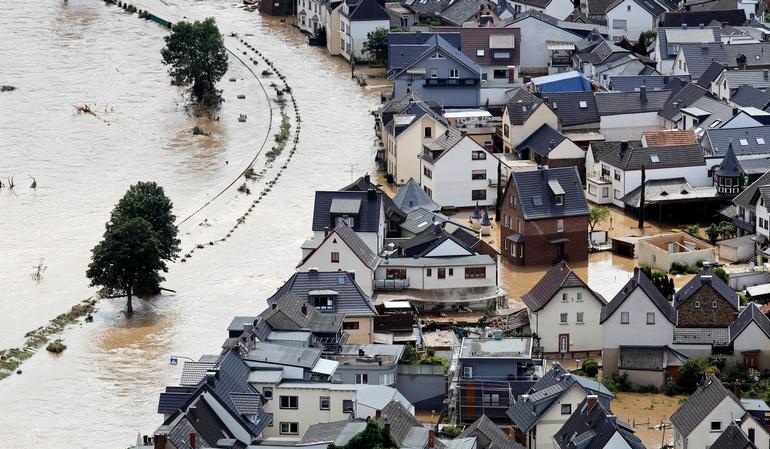
CRESTA has issued industry loss data on international catastrophe events (excluding US) which have generated losses to the insurance industry in excess of $1 billion.
In 2022, there were seven events with industry losses which exceeded the loss threshold, three of which occurred in Asia Pacific:
- European Windstorm Series (Dudley, Eunice, Franklin), Feb 2022
- Eastern Australia Floods, Feb-Mar 2022
- Fukushima Mw 7.3 Earthquake, Mar 2022
- KwaZulu-Natal Floods, South Africa, April 2022
- Western Europe Severe Storms, Early June 2022
- Western Europe Severe Storms, Mid-June 2022
- Typhoon (Nanmadol, Japan, Sep 2022
The largest event loss outside the US was the flooding in Eastern Australia in late February / early March, which CRESTA estimates has generated an industry loss of $4.7 billion.
It is followed by the European Windstorm Series in February which created an industry loss of $4.2 billion and the Fukushima Earthquake in March of $3.9 billion.
Devastating floods in South Africa in April, and extreme hail events in June which mainly affected France, were the other major international catastrophe events.
In contrast, Japan experienced a relatively benign typhoon season with only Typhoon Nanmadol exceeding $1bn.
Weather-related catastrophes dominated in 2022. A review of the loss trend for such events shows a significant increase in insured losses over the last 20 years.
While losses from major weather catastrophes in the years 2000 to 2009 totalled $81 billion (adjusted to reflect current values), they almost doubled to $150 billion in the period from 2010 to 2019.
The first three years of the current decade appear to confirm this trend with $46 billion of losses incurred by the insurance industry to date due to atmospheric perils.
The CRESTA CLIX industry loss database goes back to 2000 and therefore allows users to analyse trends in the frequency and severity of major natural catastrophe events.
This is critical information for underwriters who are addressing a dynamic risk landscape driven by climate change and the growth in insured values. Only by properly understanding these trends, can natural catastrophe insurance and reinsurance be offered on a sustainable basis, helping to alleviate the capacity constraints currently observed in the market.
by Yana Keller




